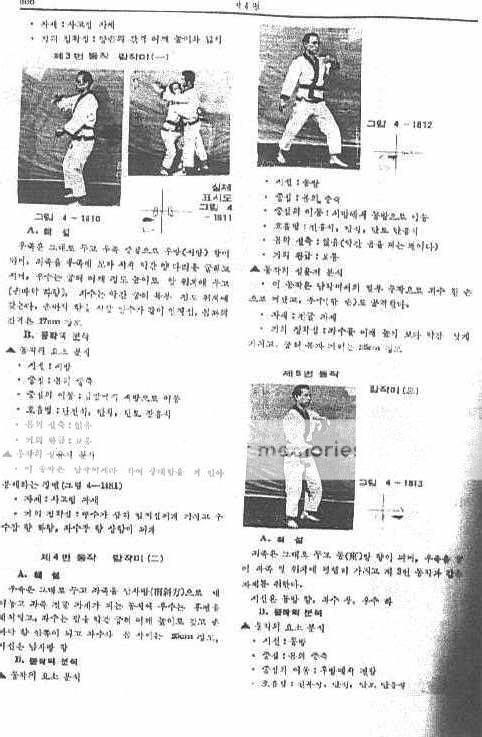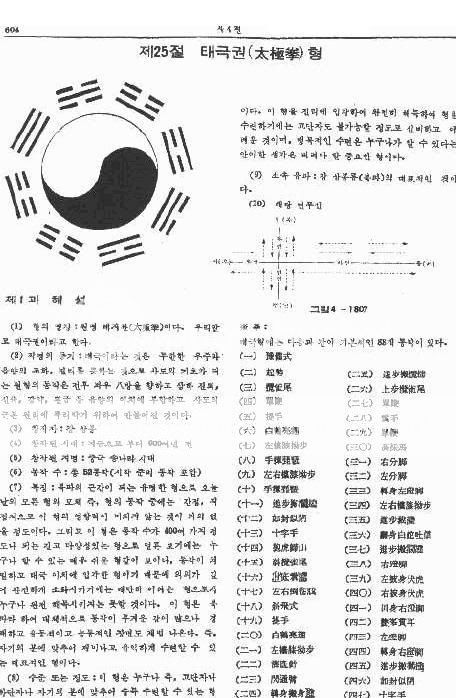L
llosik
Guest
I have added both Tae Kuek Kwon and So Rim Jang Kwon Hyungs to my books on Tang Soo Do Hyungs by Len Losik.
So Rim Jang Kwon Hyung was added to the "Tang Soo Do Book of Hyungs, Volume III", and Tae Kuek Kwon Hyung was added to "Tang Soo Do Complete Book of Hyungs". They will be available for sale at Amazon.com as soon as existing stock on hand is sold, this could be late fall, winter '03.
When browsing at Amazon.com, use my last name or Tang Soo Do to search for books.
So Rim Jang Kwon Hyung was added to the "Tang Soo Do Book of Hyungs, Volume III", and Tae Kuek Kwon Hyung was added to "Tang Soo Do Complete Book of Hyungs". They will be available for sale at Amazon.com as soon as existing stock on hand is sold, this could be late fall, winter '03.
When browsing at Amazon.com, use my last name or Tang Soo Do to search for books.


